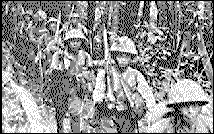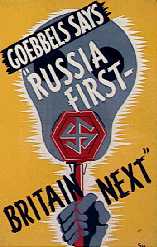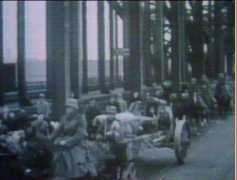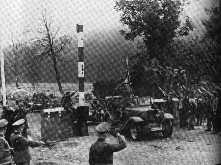Germany and Japan seize power, |
Germany and Japan seize power, |



|
|
|
|

| The Economic War preparation of Germany | ||||||
|---|---|---|---|---|---|---|
| 1935/1936 | 1936/1937 | 1937/1938 | ||||
| -------------------------------------------------------------- | ||||||
| Infantry. div. | 24 | 36 | 32 | |||
| Motor. inf. div | - | - | 5 | |||
| Armoured div. | 3 | 3 | 3 | |||
| Cavalry div. | 3 | 1 | 1 | |||
| Mountain div. | 1 | 1 | 1 | |||
| Reserve div. | - | 4 | 8 | |||
| "Landwehr" div. | - | 21 | 21 | |||
| -------------------------------------------------------------- | ||||||
| Total Div. | 31 | 66 | 71 | |||

|
|
| Japanese Forces potential | ||||||||||
|---|---|---|---|---|---|---|---|---|---|---|
| --------------------------------------------------------------------------- | ||||||||||
| The Japanese Land Forces | ||||||||||
| 1937 | 930.000 men | |||||||||
| 1938 | 1.102.000 men | |||||||||
| 1939 | 1.196.000 men | |||||||||
| --------------------------------------------------------------------------- | ||||||||||
| The Japanese Air Force, squadrons | ||||||||||
| Figh-ters | Light Fighter-Bombers | Heavy Fighter-Bombers | Scouting Planes | total | ||||||
| 1937 | 21 | 12 | 9 | 12 | 54 | |||||
| 1938 | 24 | 16 | 17 | 13 | 70 | |||||
| 1939 | 28 | 26 | 19 | 18 | 91 | |||||


![]()